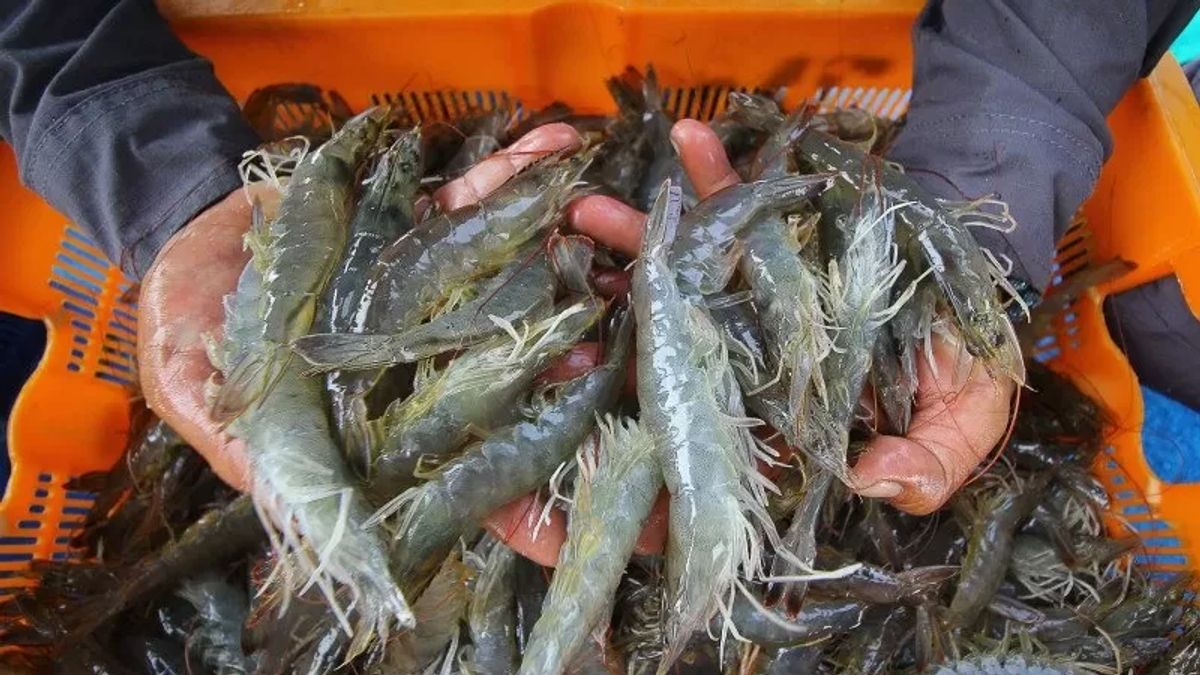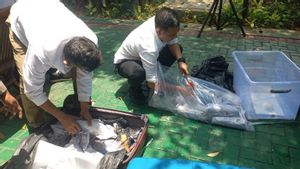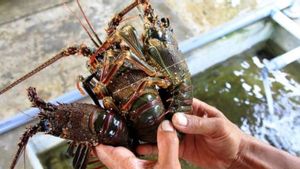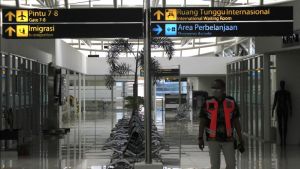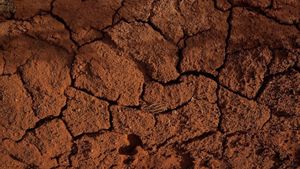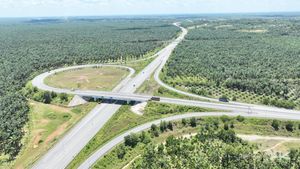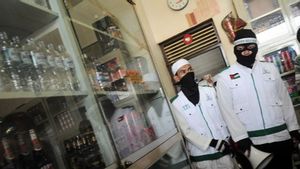JAKARTA - The Ministry of Maritime Affairs and Fisheries (KKP) said that the traditional shrimp cultivation process is one of the obstacles in increasing shrimp production in Indonesia.
Minister of Maritime Affairs and Fisheries Sakti Wahyu Trenggono said that good shrimp cultivation should be able to produce productivity of up to 40 tonnes per hectare (ha).
However, in fact, Indonesia, which has a total capacity of 247 hectares of cultivated land, per hectare of productivity only reaches 0.6 tonnes.
"This means that our productivity of 1 ton per hectare has not been achieved. Because of what? Because the method is too traditional," said Minister Trenggono at the National Meeting for Cultivated Fisheries Development Based on a Blue Economy at The Ritz Carlton Pacific Place, Jakarta, Monday, December 18.
Minister Trenggono said that shrimp farmers in Indonesia often throw shrimp waste left over from the cleaning process into the sea.
In fact, he said, the sea water was taken back for reuse without being filtered. As a result, the remaining waste contains bacteria and ultimately affects the quality of the shrimp harvest.
SEE ALSO:
"Maybe the production could be 1-5 times, but because of the process, the quality of the shrimp is not good," said Trenggono.
According to Trenggono, this is why Indonesia is still unable to penetrate shrimp exports to the European market, and the main export destinations for Indonesian shrimp are still only the US, the Netherlands and China. European countries themselves, he said, have very strict shrimp import requirements.
"You can't go to other countries, why? Because the quality is not standard. Europe has almost no exports at all because our shrimp water content is high," he added.
The English, Chinese, Japanese, Arabic, and French versions are automatically generated by the AI. So there may still be inaccuracies in translating, please always see Indonesian as our main language. (system supported by DigitalSiber.id)
